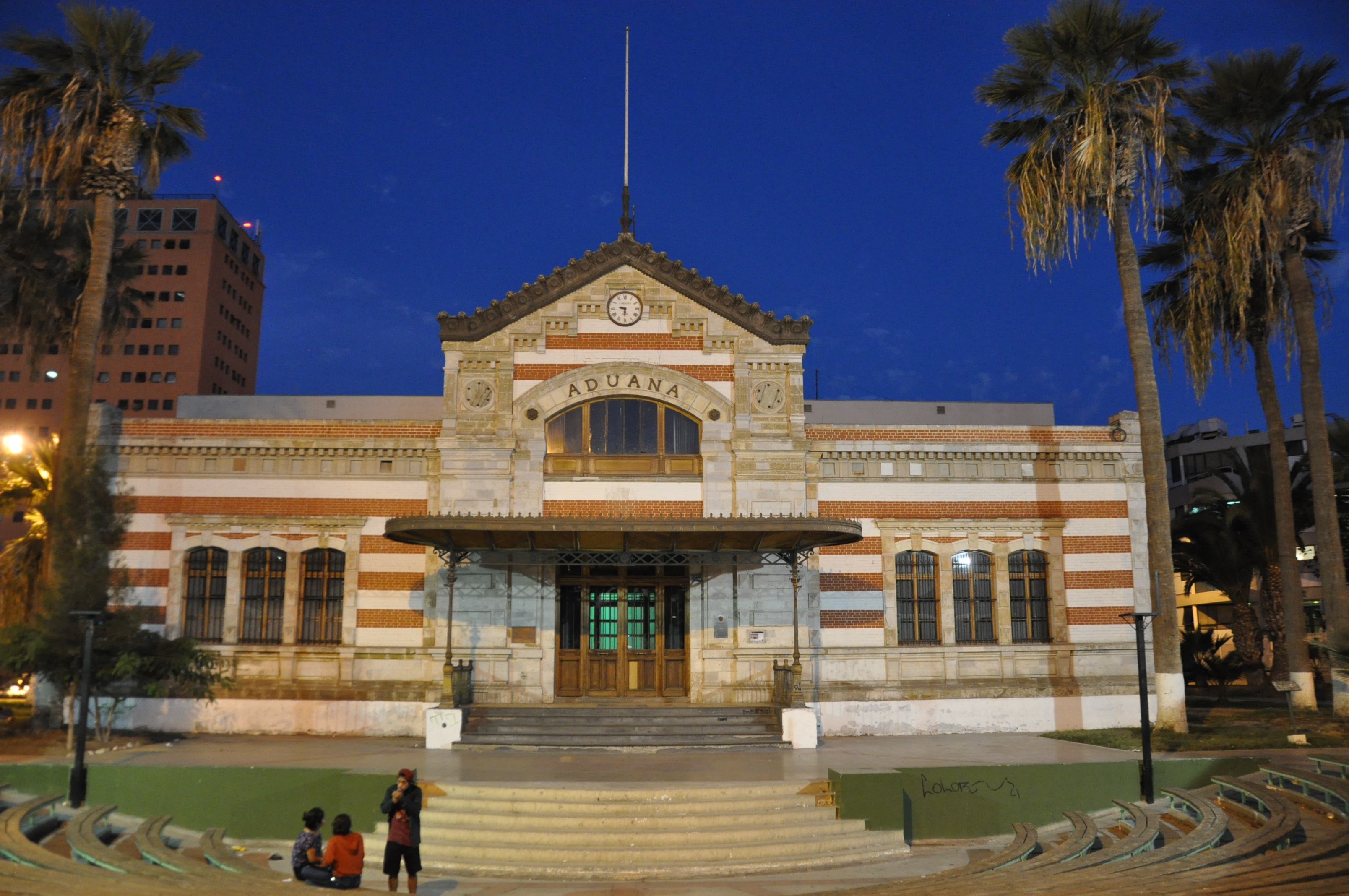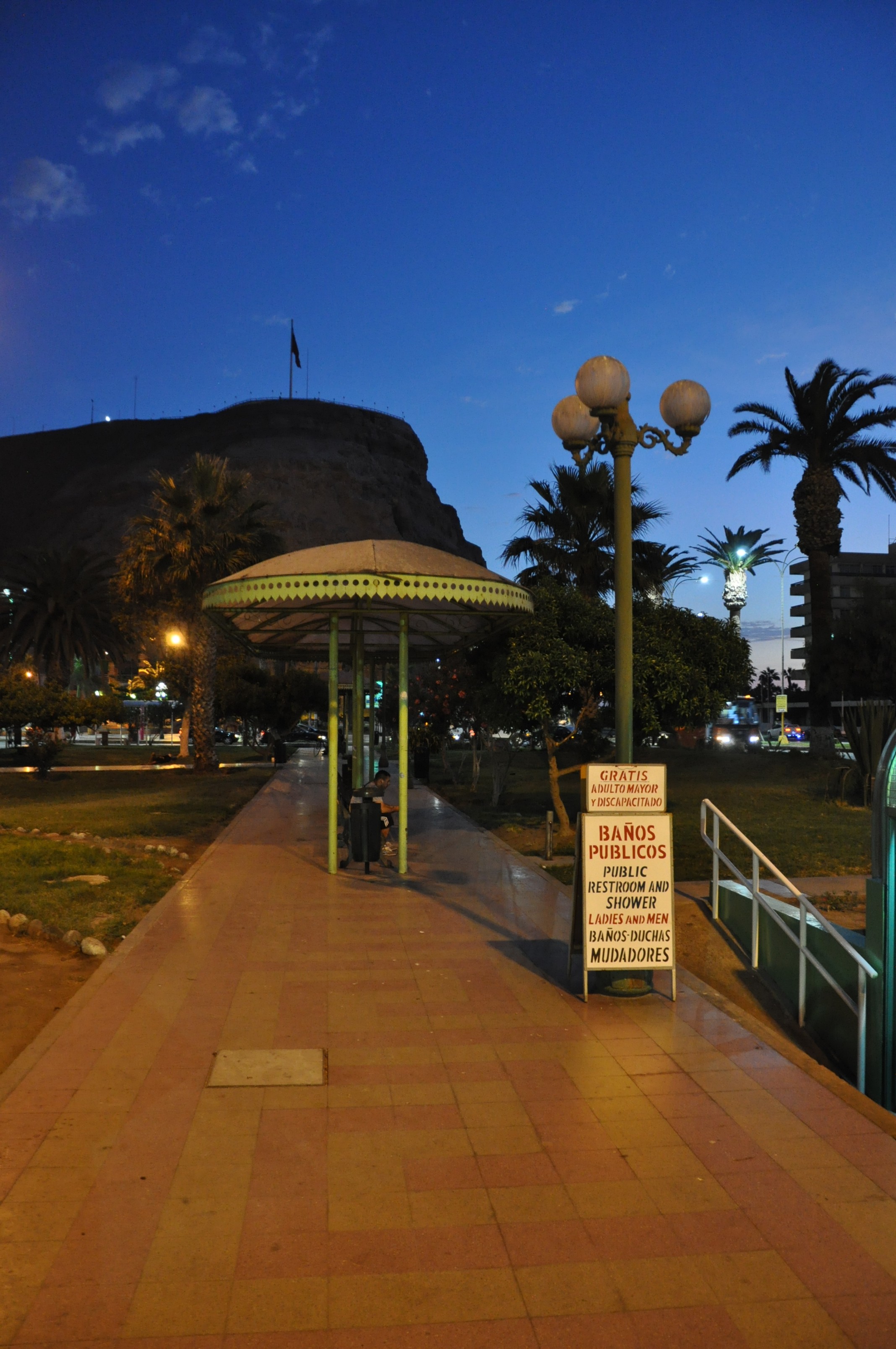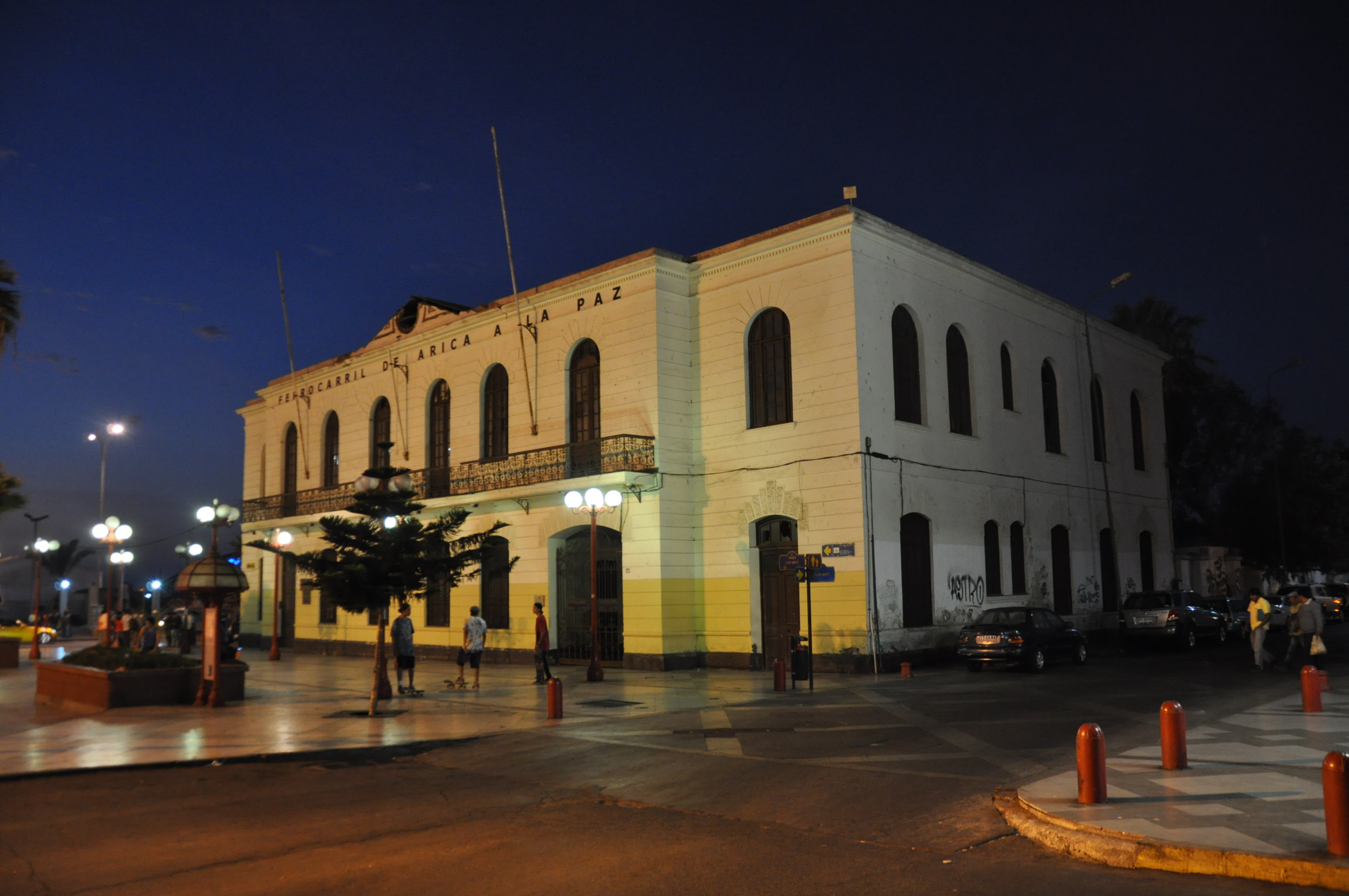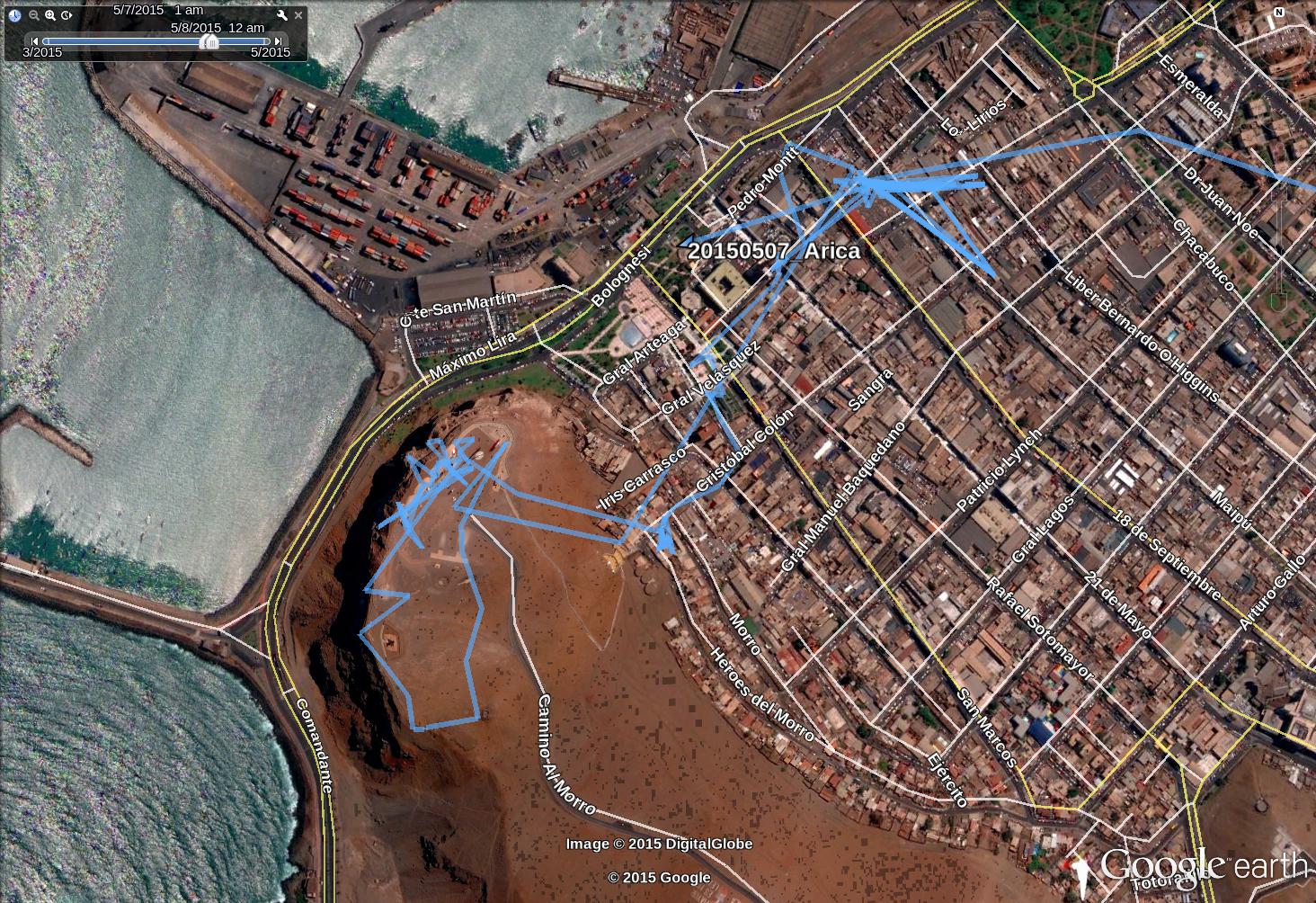Catedral de San Marcos de Arica
I strolled through the streets of Arica. First, I visited the Catedral de San Marcos. The original church was destroyed by an earth quake in 1868. A new one was needed, and in 1876, the church in its present form was inaugurated. Its architect was a Mr. Gustave Eiffel who would later on design and build the Eifel tower. The parts of the church were prefabricated in Europe, then shipped to Arica, and assembled there. Apparently, people in Arica knew to appreciate Mr. Eiffels buildings. The former customs building in Arica is also one of his works.
Museo de Sitio Colon 10
Continuing to el Moro, I visited the archaeological site of Colon 10.
During the conversion of a private house into a hotel, a cemetery of the Chinchorros, a indigenous group that lived in the area since at least 7000 B.C. was found. The remains of around 50 persons were discovered. The adults were typically in their mid-thirties when they passed away. As the mortality of infants was high, there were relatively many burials of children. The remains could not be moved with destroying them, so it was decided to leave them in place and convert the property into a museum.
As many other cultures in South America, the Chinchorros mummified their dead. Unlike in many cultures, not only persons from an elite but everybody was mummified in an elaborate process. Starting from around 6050 BC, the first naturally mummified mummies appear. Since then, the Chinchorro always used the type of reconstructed mummification. Even though the process of mummification changed over time, some parts of the process remained constant for a long time: The soft tissue and internal organs were removed, and the skin was stuffed with vegetable matter, feathers, animal hair, and grasses. The body was then left to dry in reeds for 30 – 40 days before the face was covered with a clay mask.
Today, the mummified remains and skeletons are at their original burials sites, and covered with a transparent floor. One can walk above them, look down to them, and take pictures. Personally, I would not have an issue with posting the photos. I also do not think that the Chinchorros, who obviously wanted to live a happy afterlife would have an issue. Since I do not want to hurt anybodies feelings or personal believes, I will not show them here.
El Morro
I then visited el Moro, a 140 meter high dusty rock overlooking the city. During the Pacific war, Arica was of strategical importance for Peru as well as Chile as it provided a port for resupplying the troops and to extract the wounded. On June 7th 1880, El Morro hence became the stage for a fierce fight between the Peruvian army defending the rock, and the Chilean army that moved in to take it. The Peruvian army was outnumbers 5 to 1 — even though the Peruvian hold an elevated position the outcome was predictable. To avoid the blood shed, Colonel Lagos of the Chilean army sent a delegate trying to persuade the Peruvian army to surrender. Francisco Bolognesi, a general brought back from retirement, refused bluntly, and things unfolded. In the end, a furious Chilean army captured the hill and the city making almost no prisoners. Most of the 1600 Peruvian soldiers, including Bolognesi himself, perished in the assault.
Today, there is a museum on top of el Morro that displays devotional objects accompanied by tunes of military marches.
Catedral de San Marcos
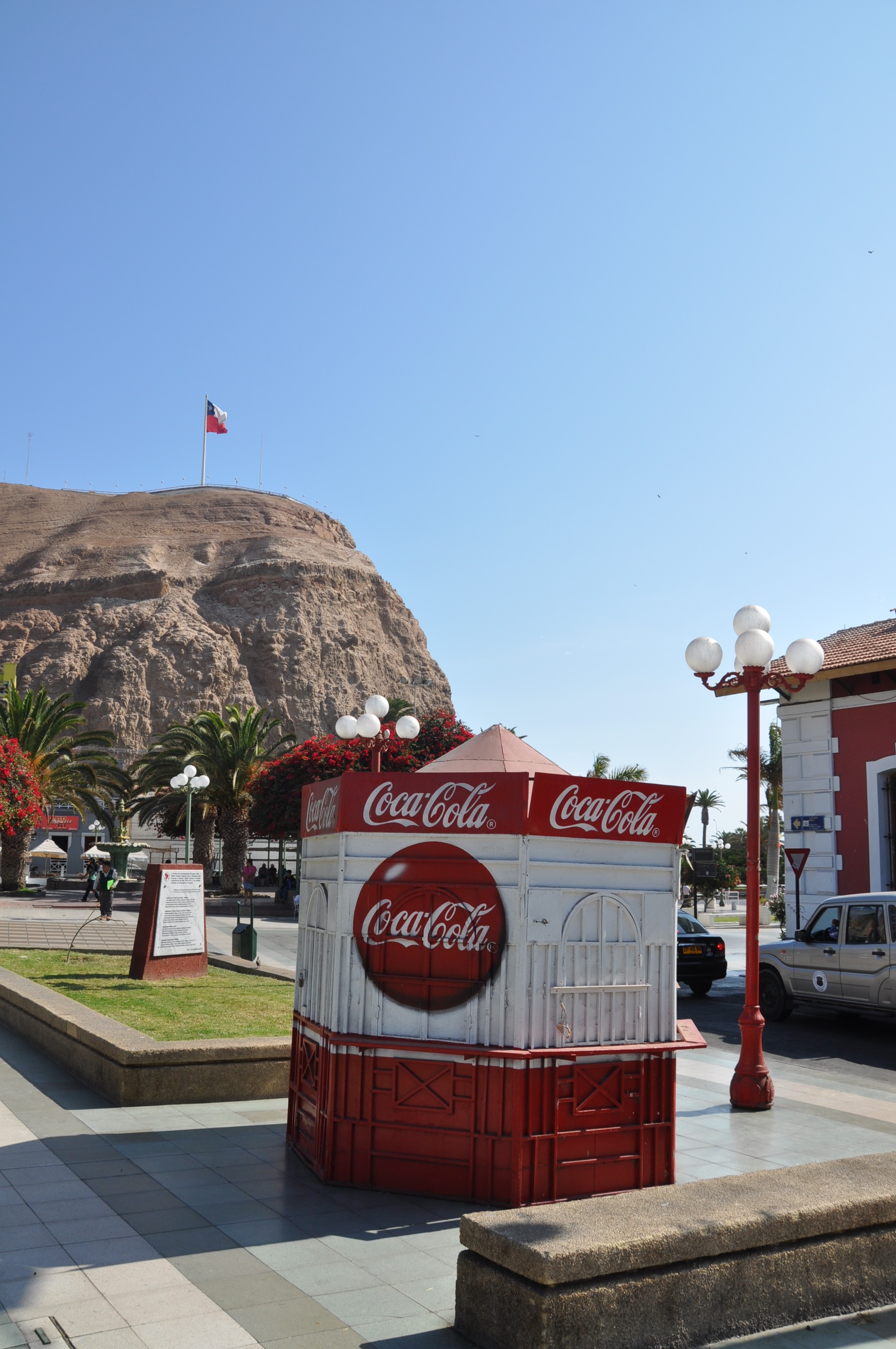
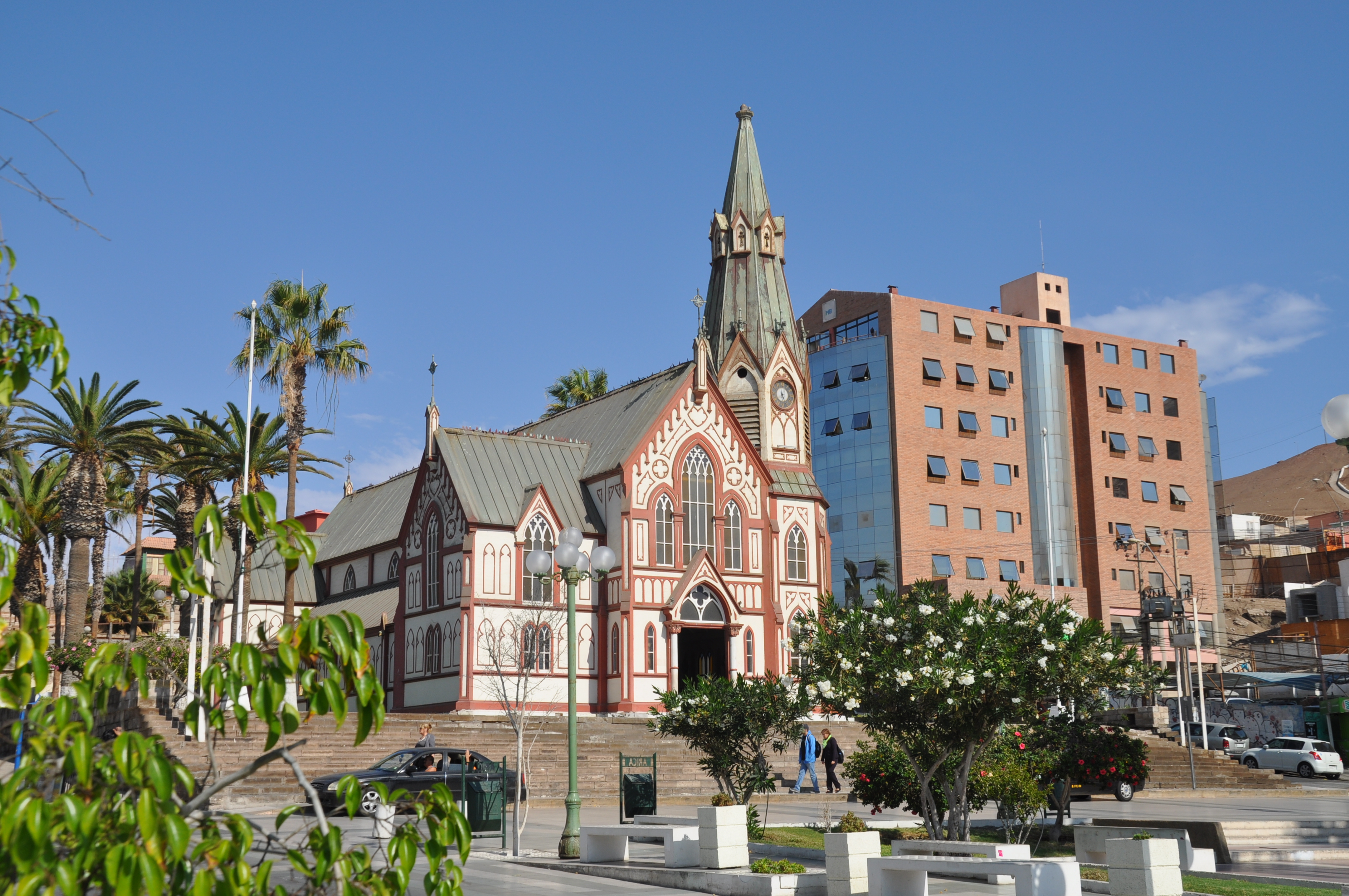
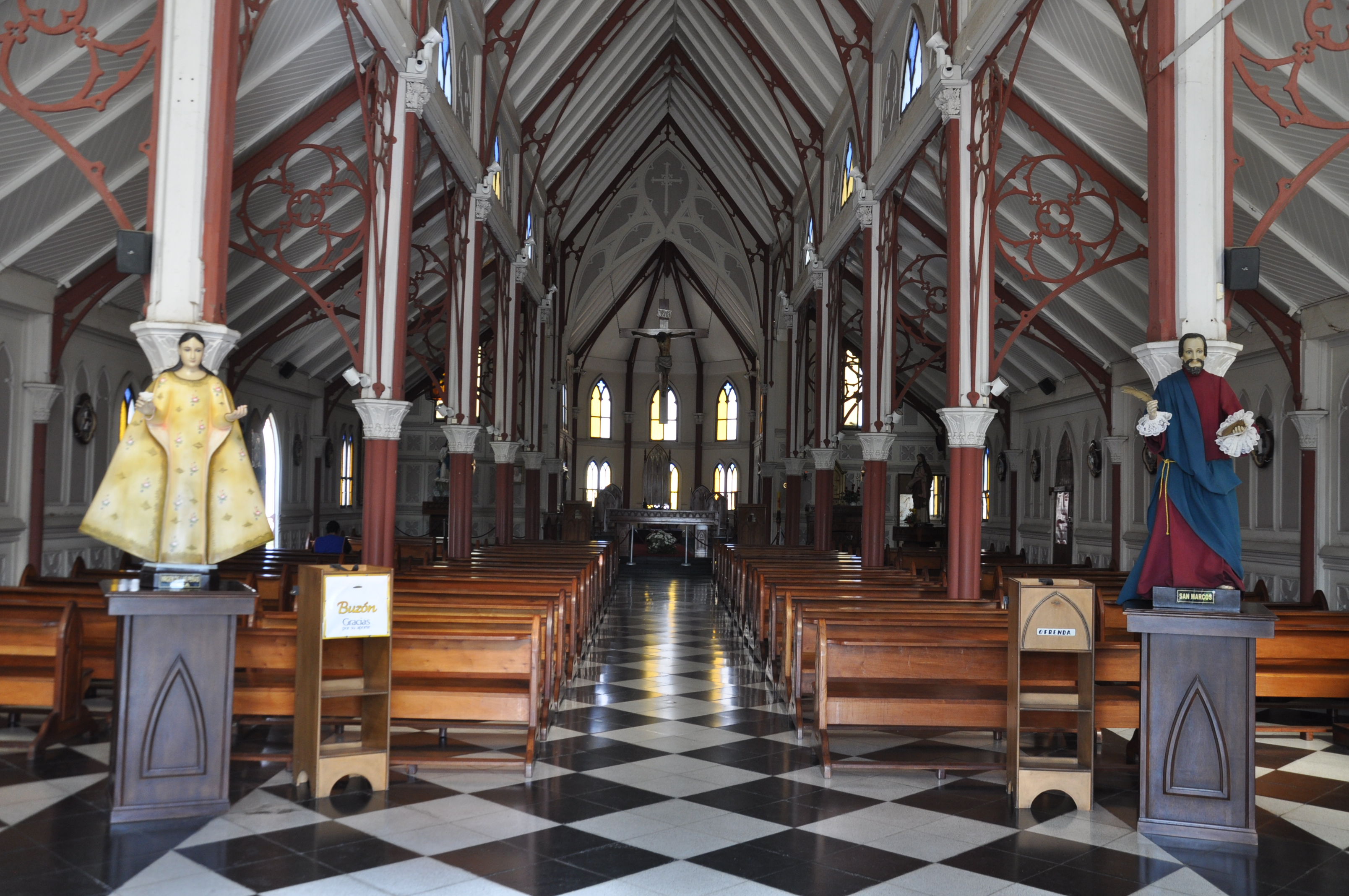
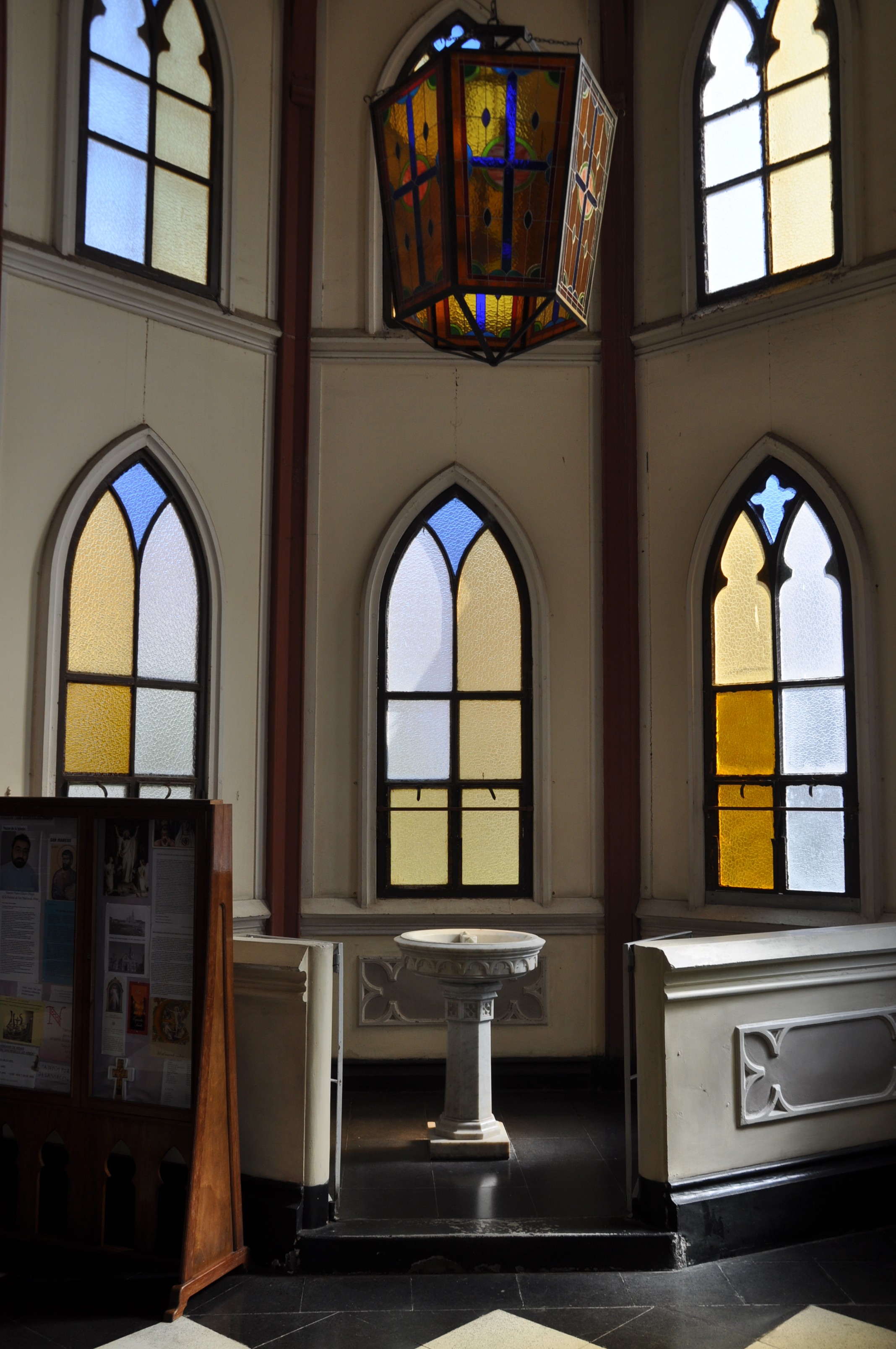
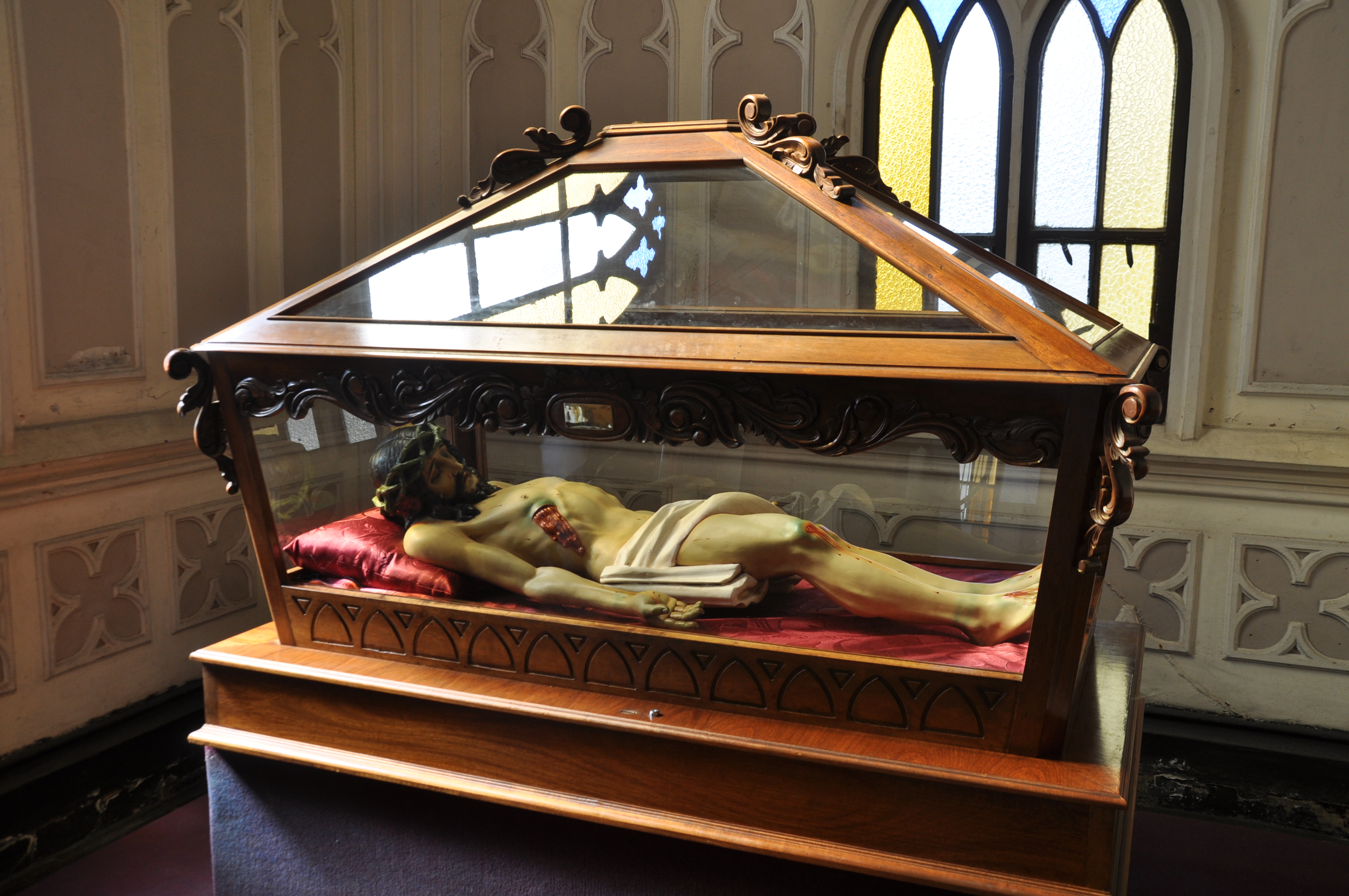
El Morro
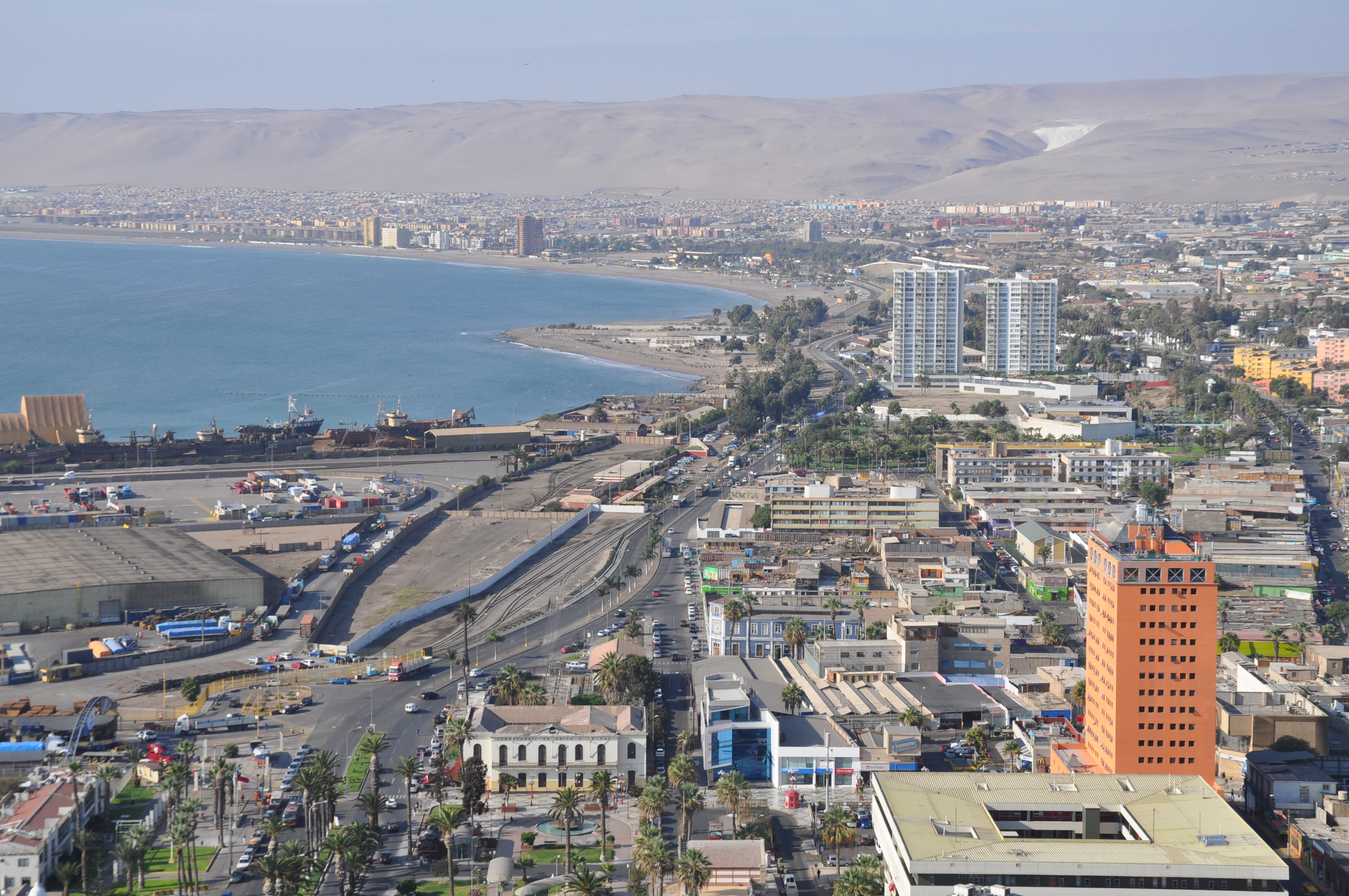
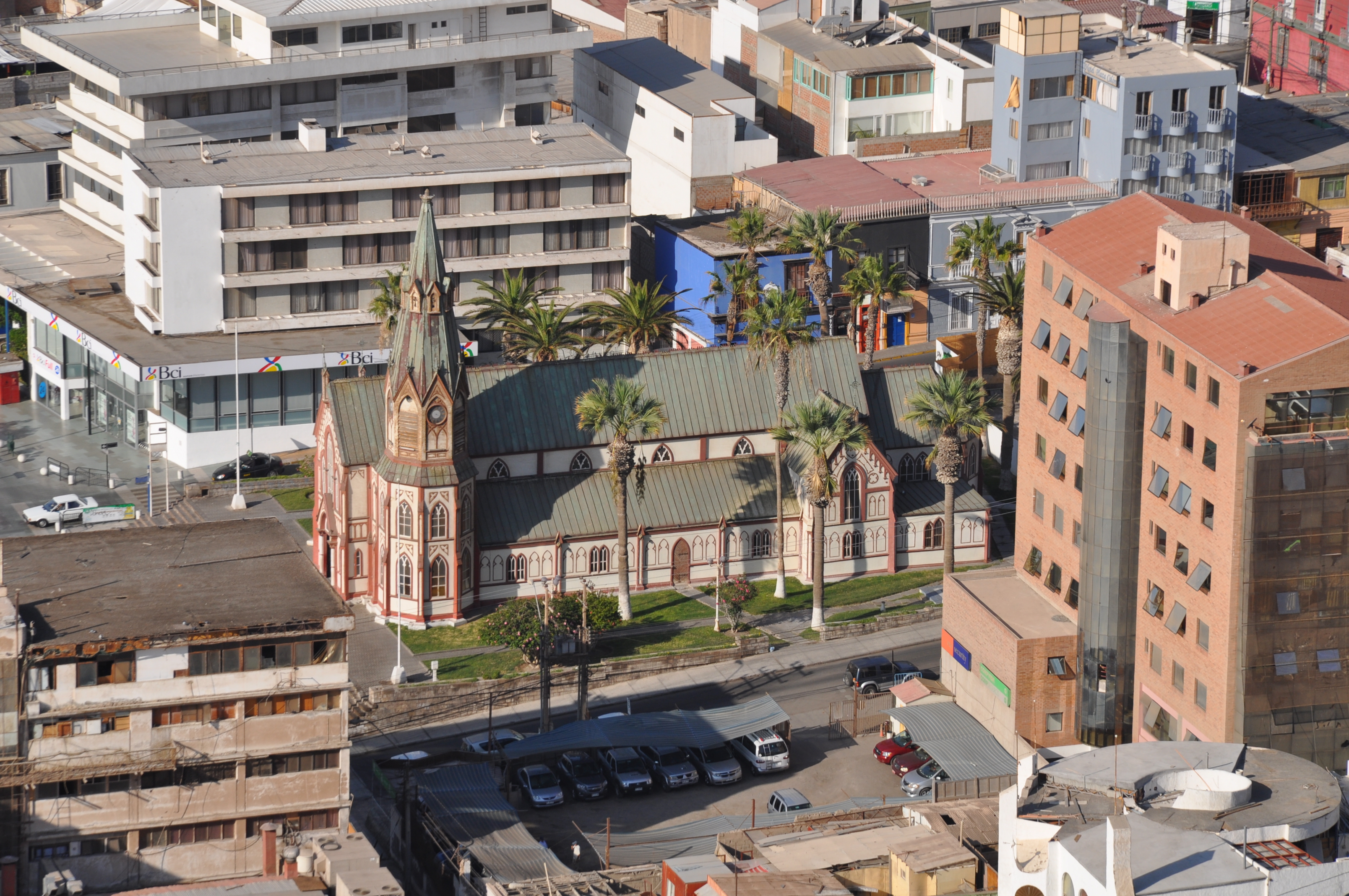


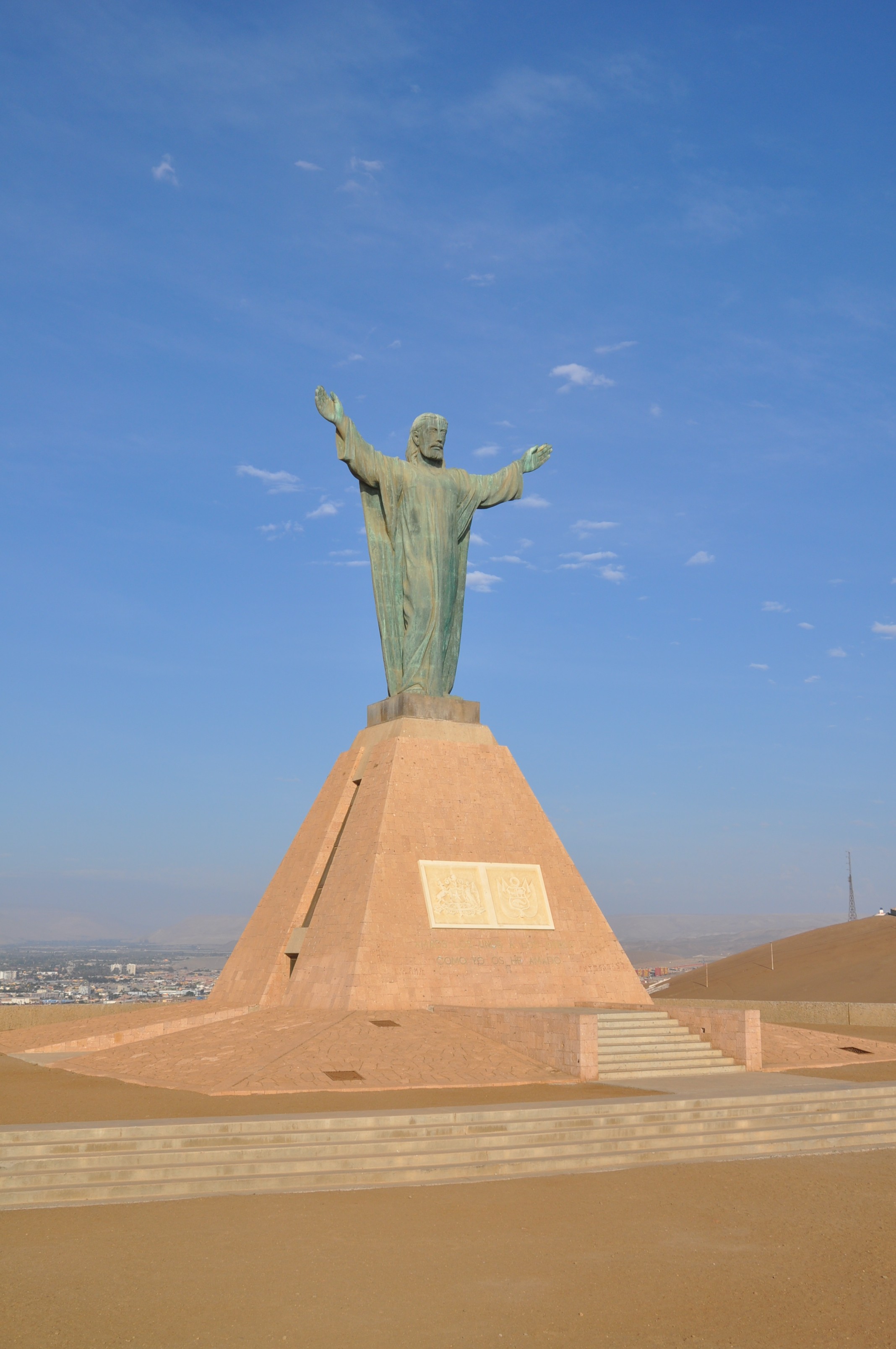
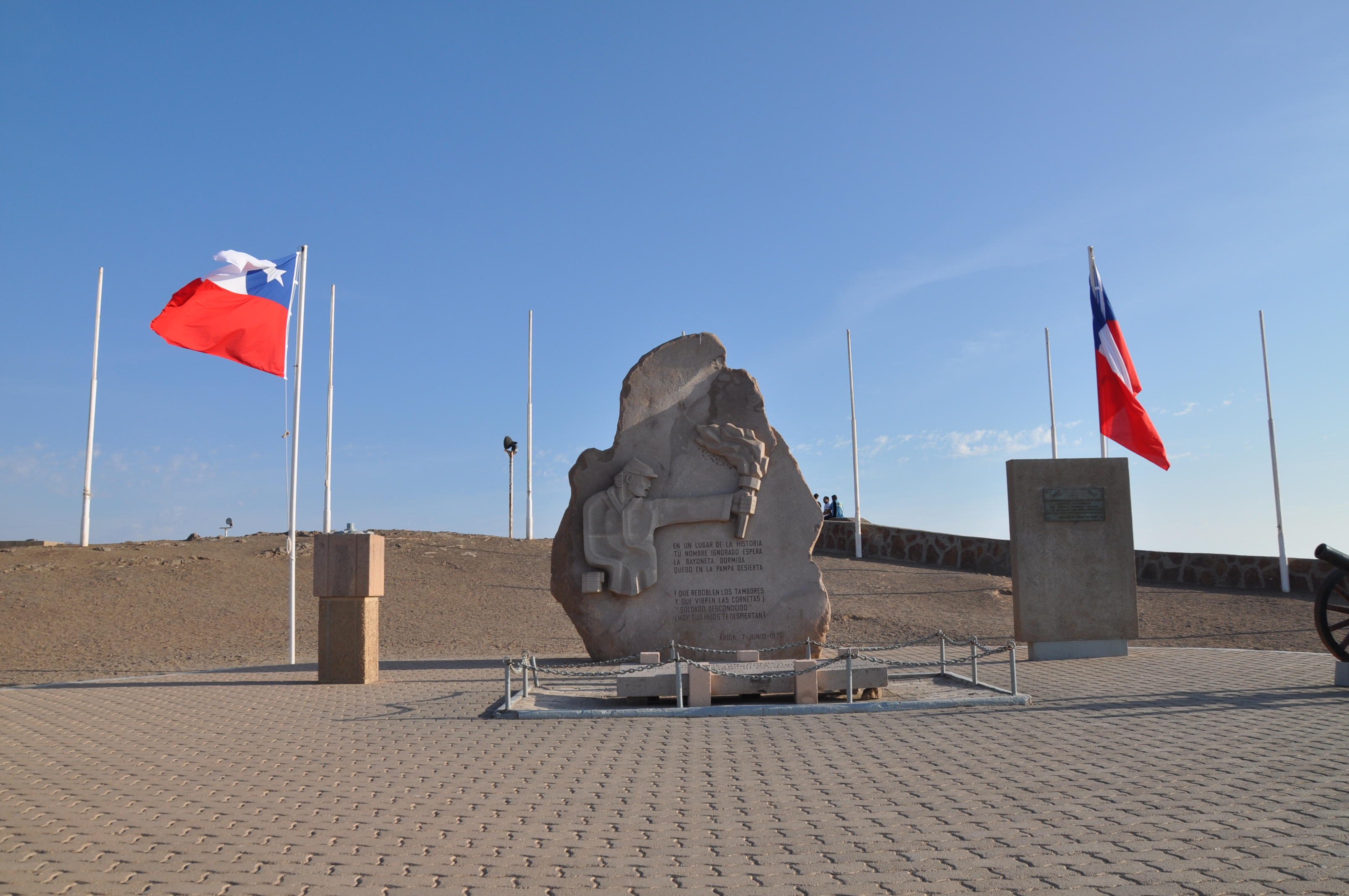
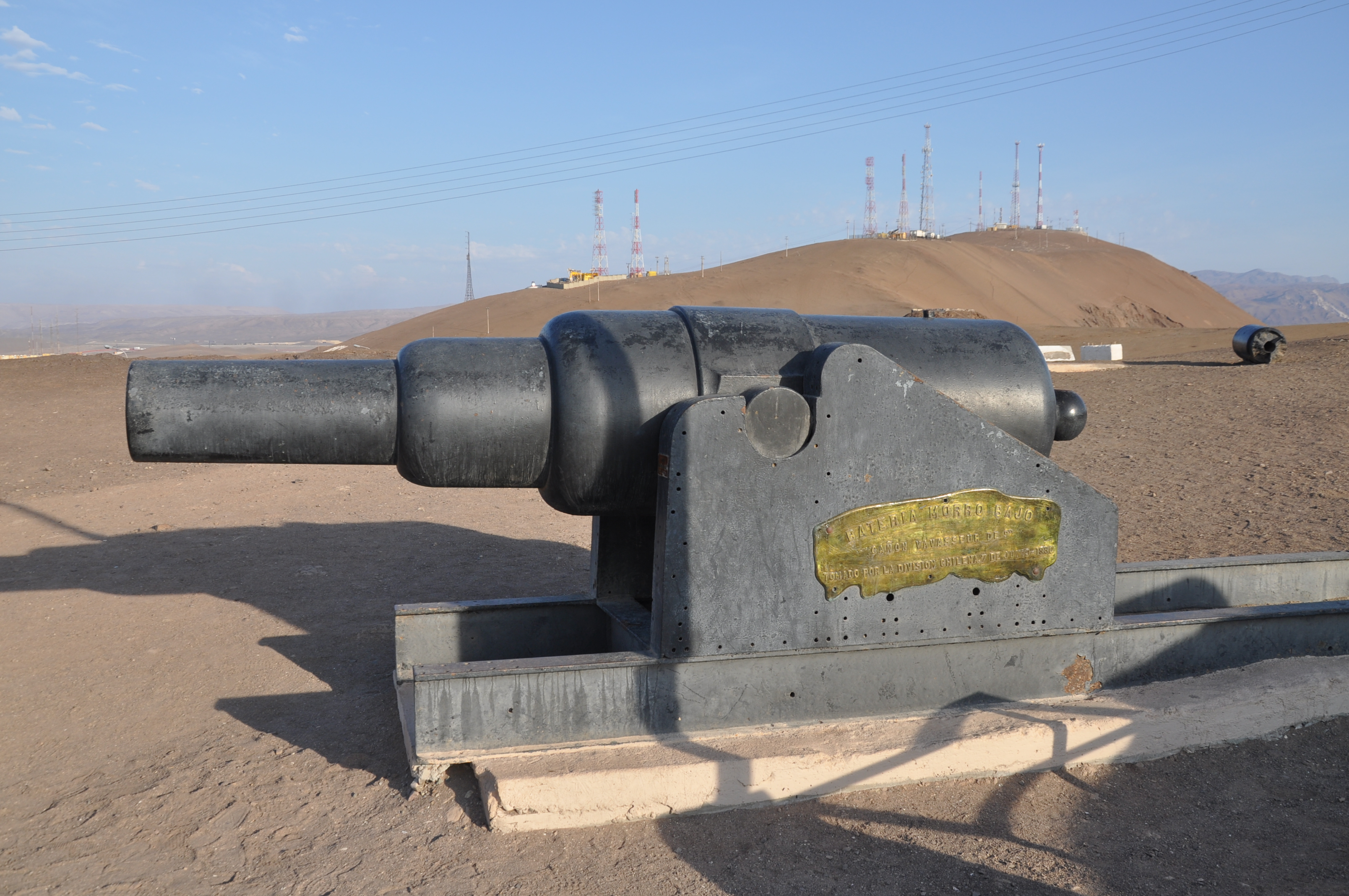
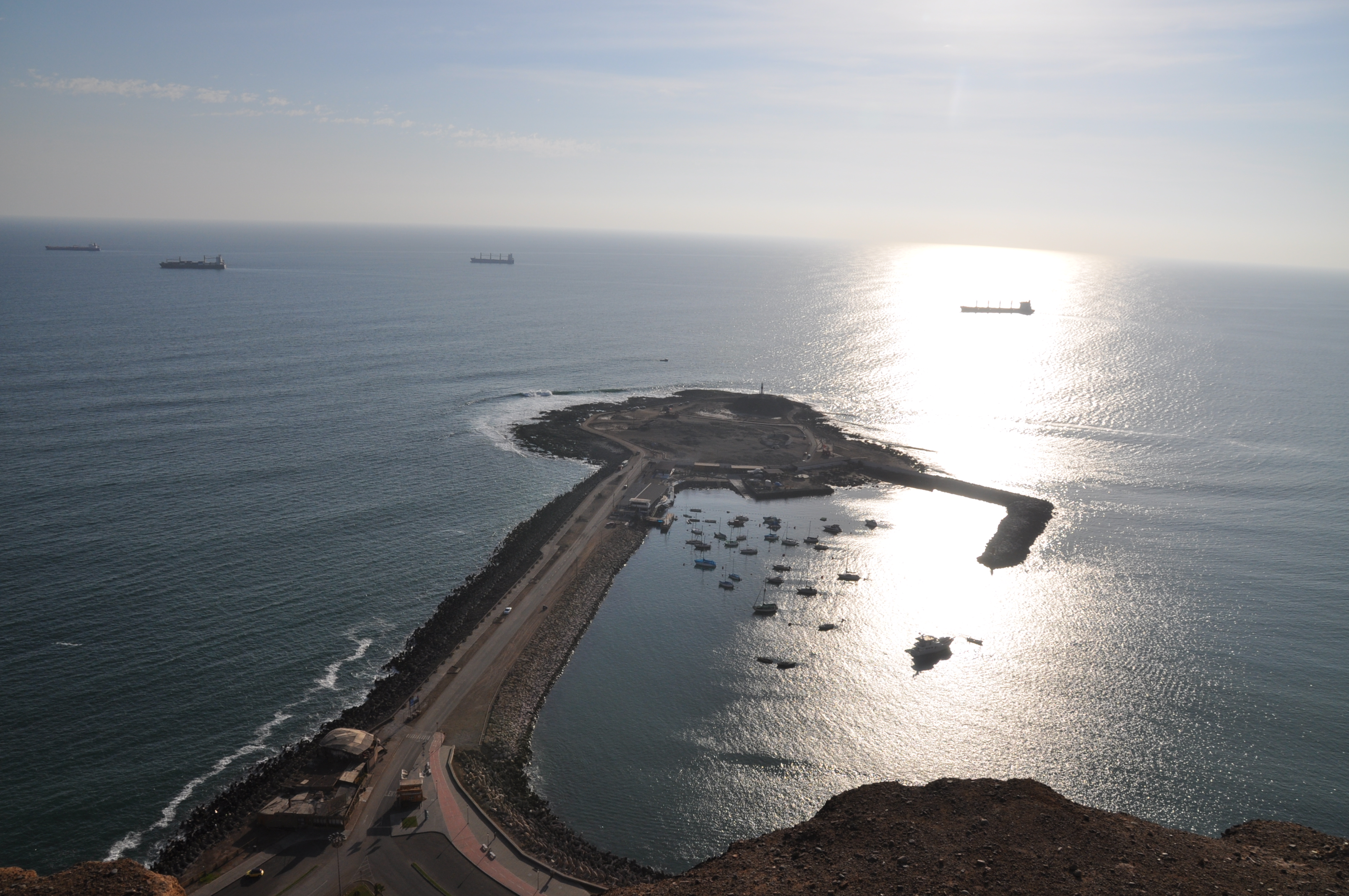
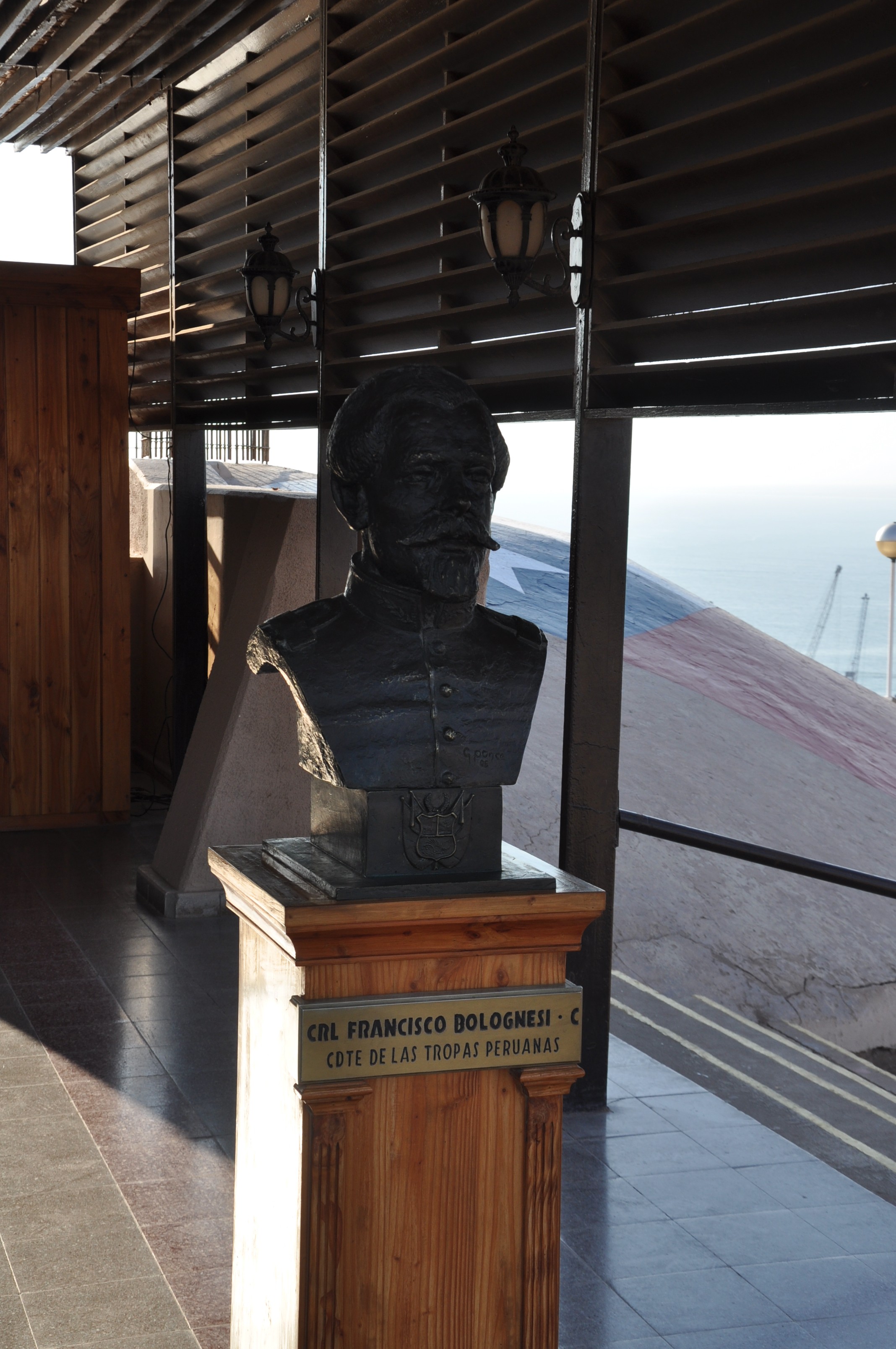
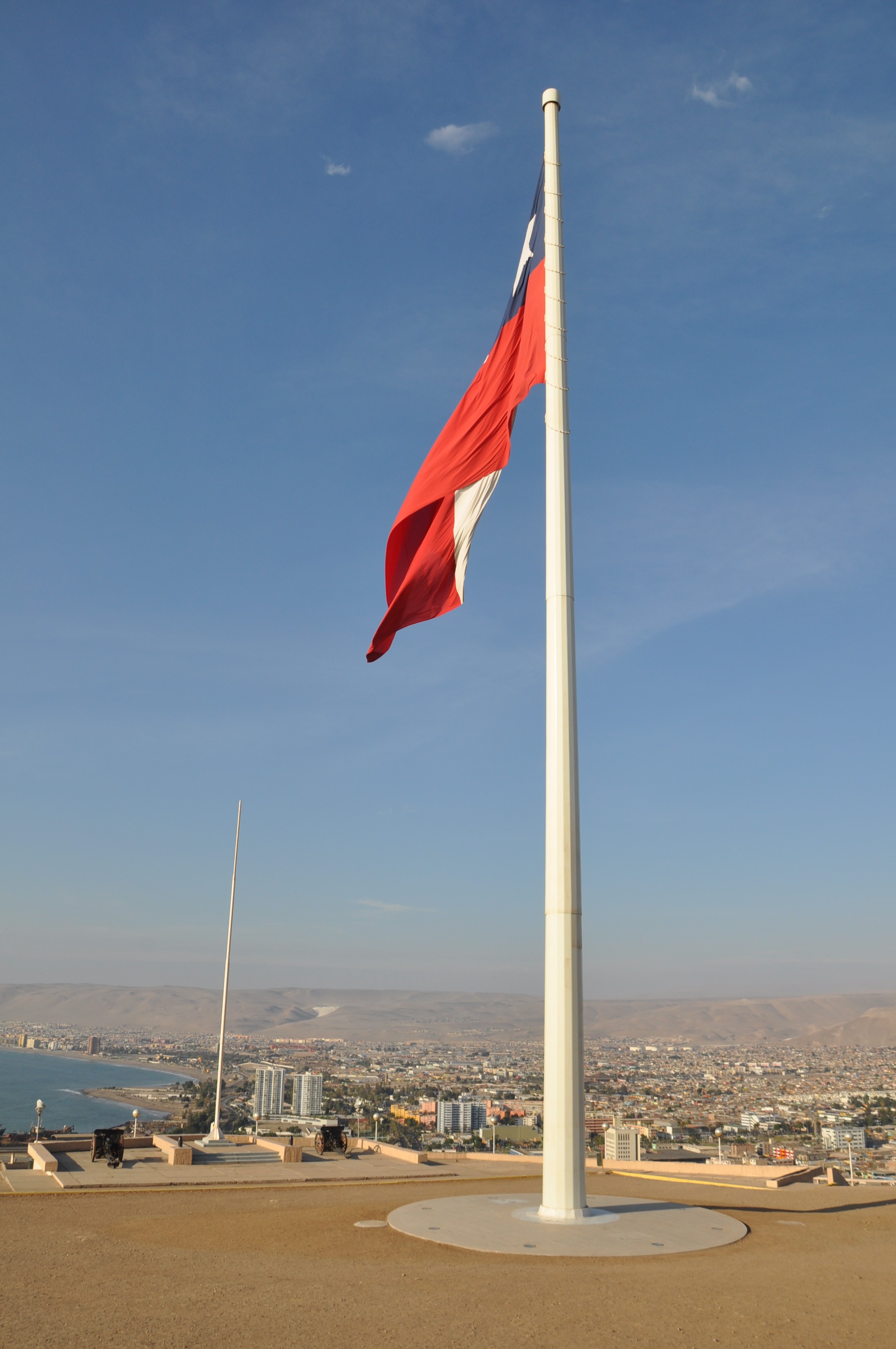
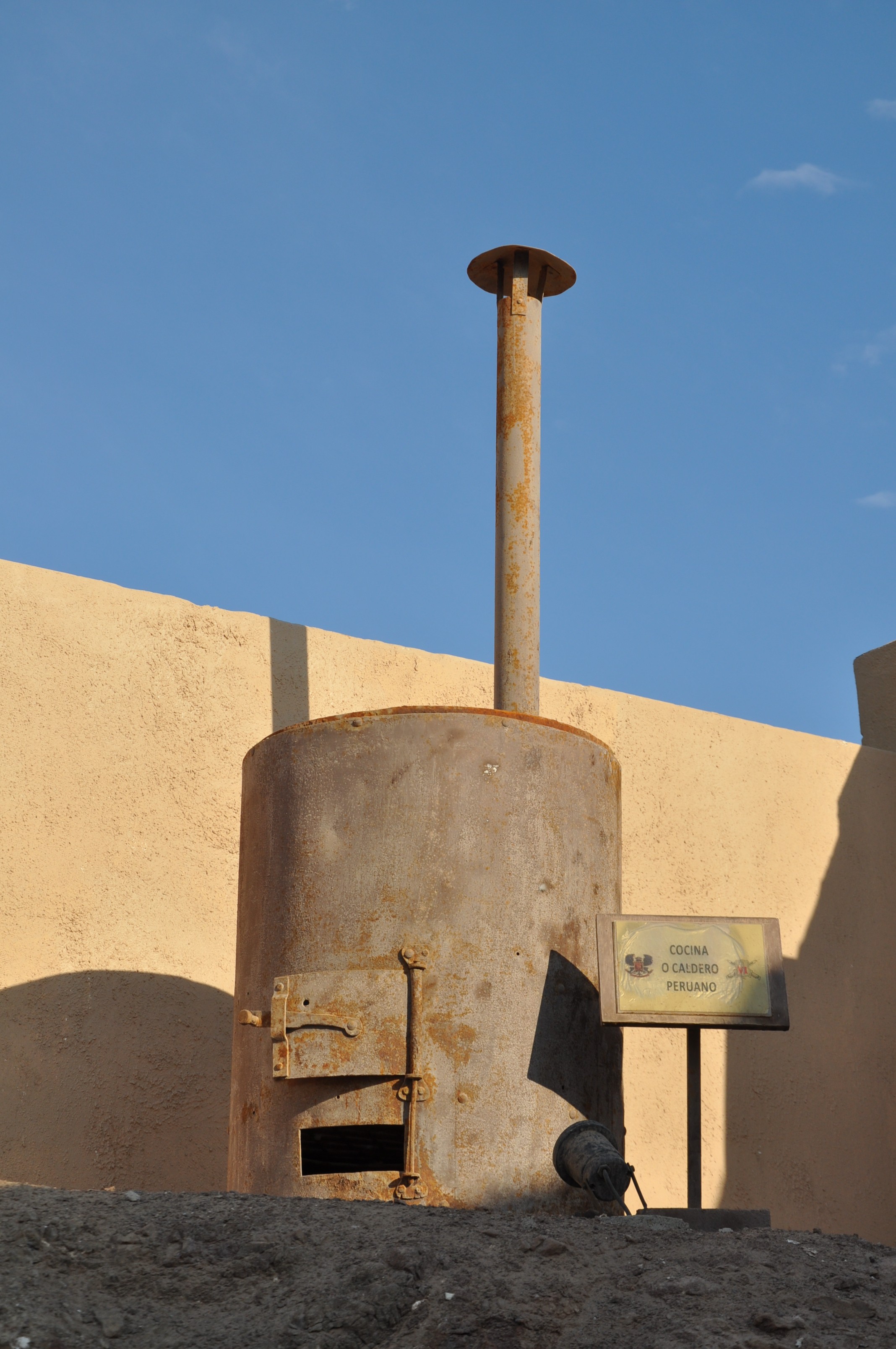
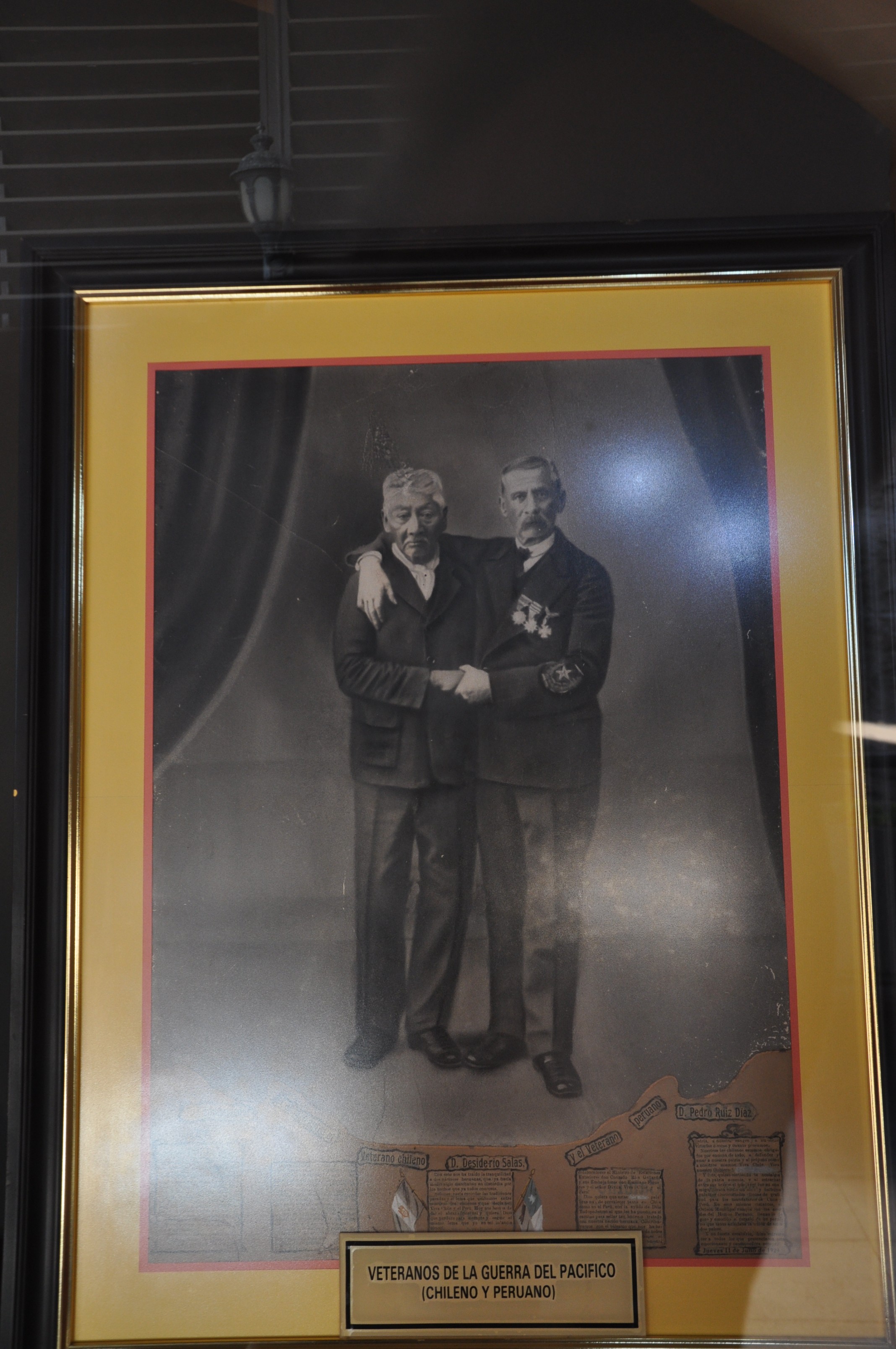
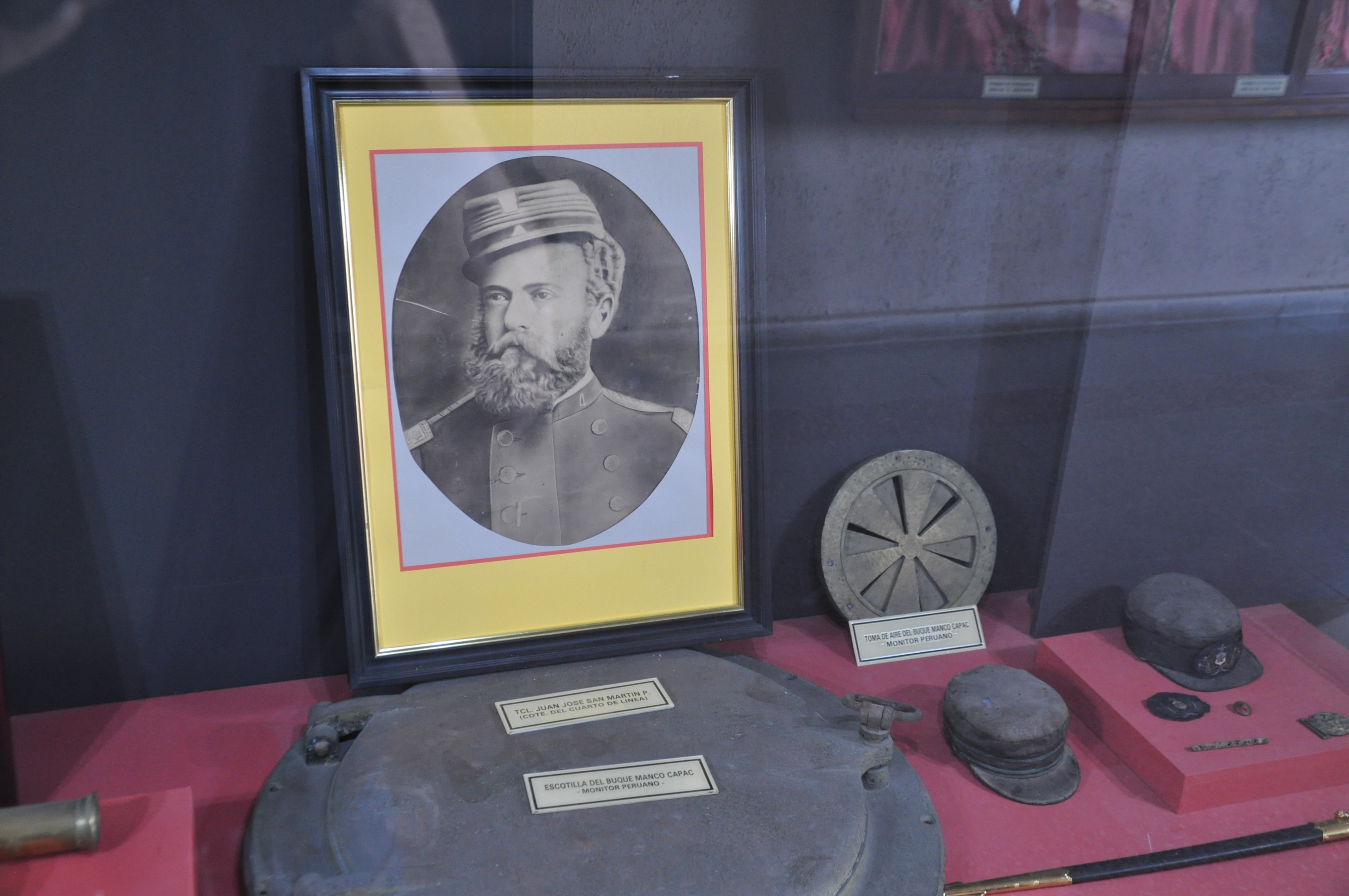
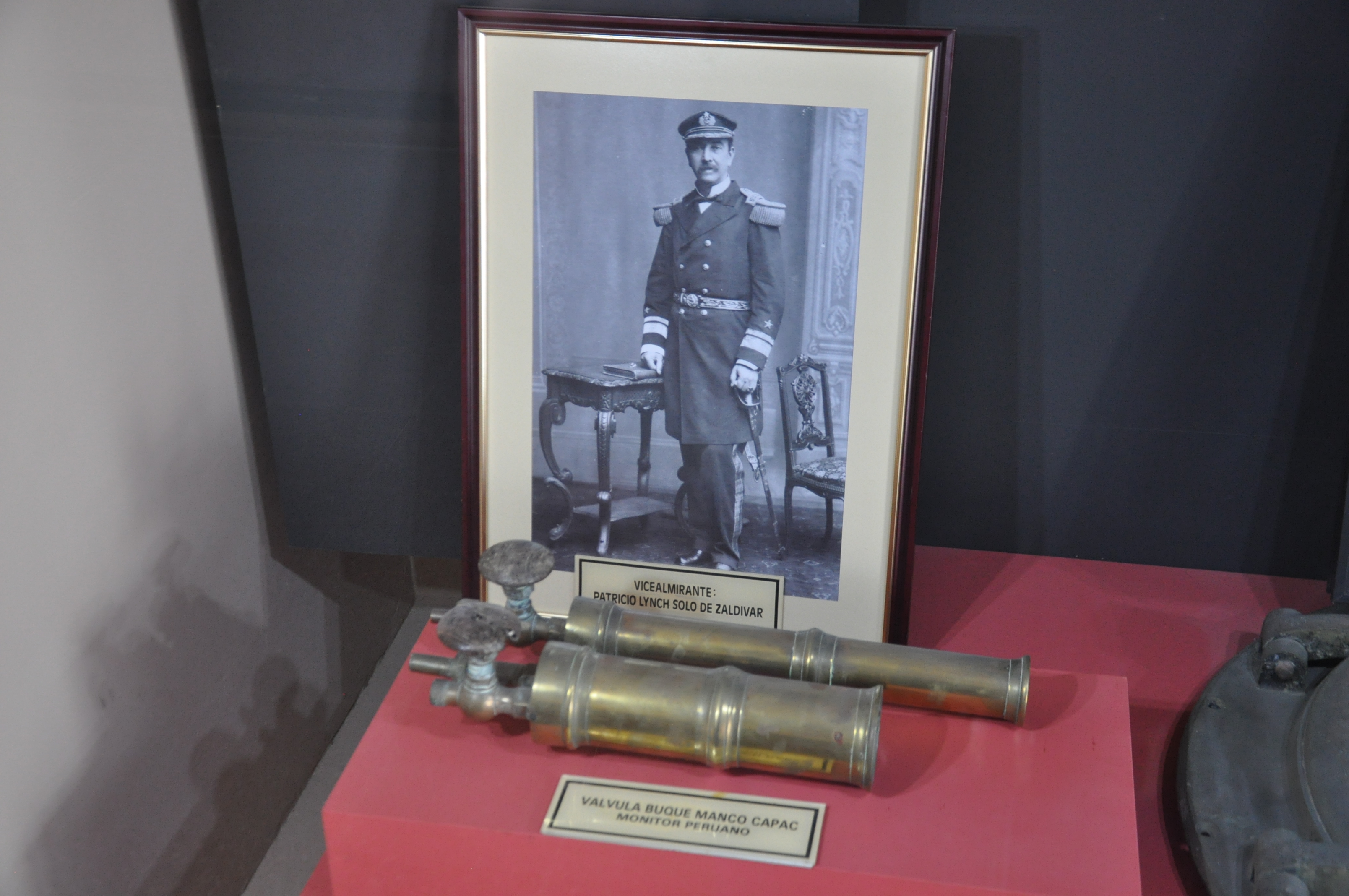
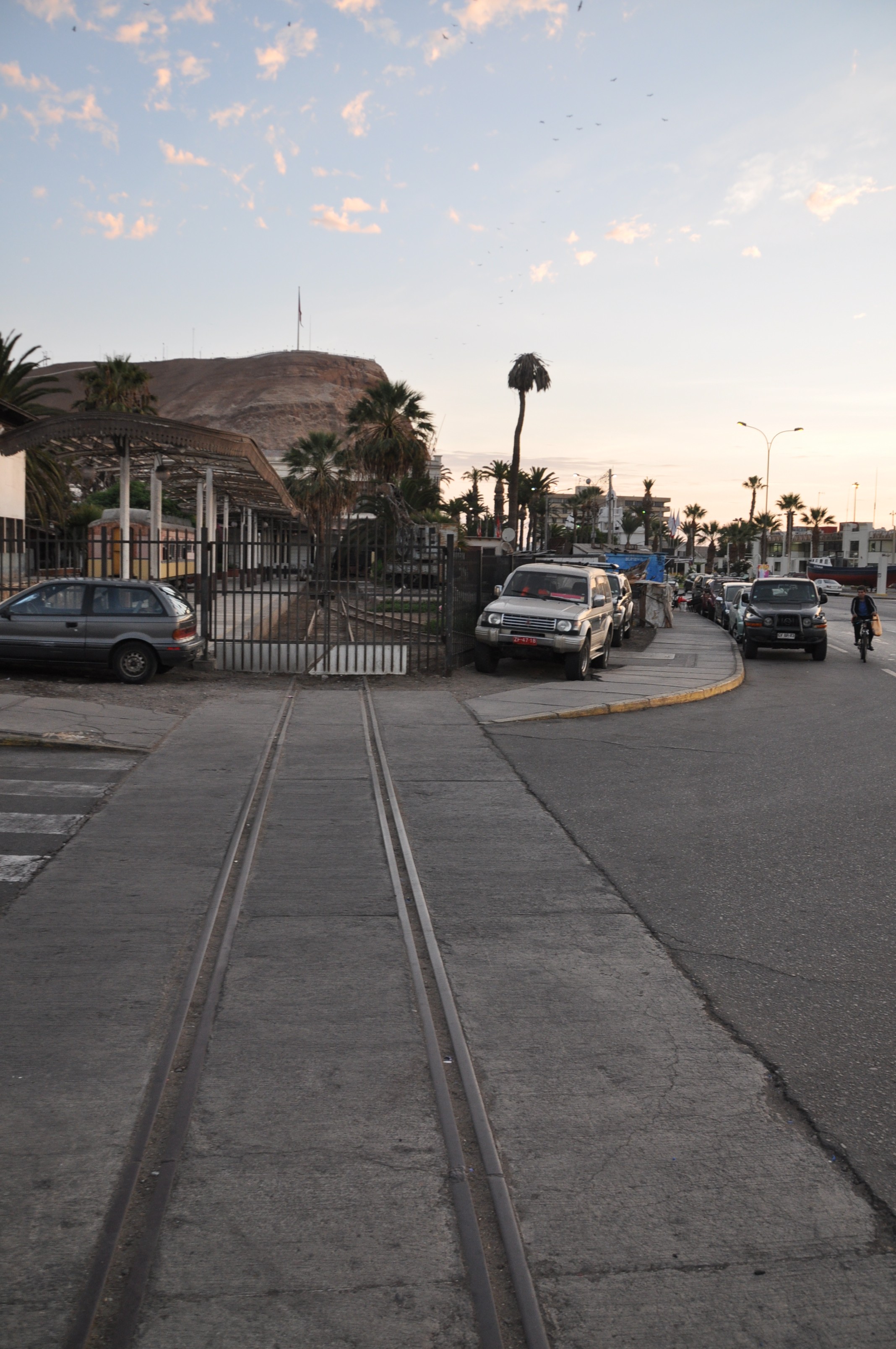
Downtown
